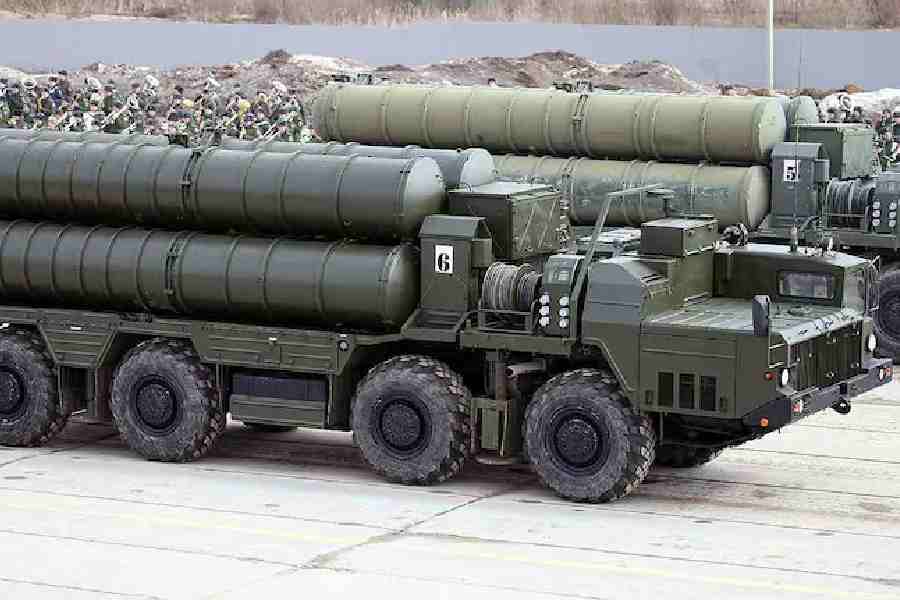 |
| LC Ram in Dhanbad on Thursday. (Gautam Dey) |
Dhanbad, May 6: Though residents in the coal belt of Jharia and Raniganj take pride in the presence of vast coal reserves under their land little do they know about the health hazards connected with the same.
After three years of research, a group of scientists of Central Institute of Mining and Fuel Research (CIMFR), Digwadih, have found that due to the coal, residents were suffering from high blood pressure, gastrointestinal disorders, arthritis, asthma and eczema.
Soil contamination due to coal mining and processing is also leading to various other health risks, including general weakness, blurred vision and body pain.
A group of scientists of CIMFR, Digwadih, had carried out three years of research. The project, “Assessment of risks to human health from soil contamination in coal fields”, is part of the Rs 2.63 crore network project of the Council of Scientific and Industrial Research (CSIR). Under the project, scientists of five institutes across India discovered the presence of chromium and nickel in the soil of these coal fields.
Chromium and nickel cause cancer of lungs, digestive tracks and nose.
The head of the department of environmental management division of CIMFR, L.C. Ram, said that the research, the first of its kind in Asia, was part of the 11th five-year plan of the Centre.
“Most of the research conducted on the impact of industrialisation were confined to water and air pollution and there was no comprehensive study regarding soil contamination which has an indirect impact on health through consumption of plants grown on contaminated soil. The contamination due to settling of pollutants may lead to water pollution,” he said.
“Open cast mining is the main source of coal contamination along with the open burning of coal mining areas. This leads to vapourisation of poly-aromatic hydrocarbon that settle in the surrounding soil. This apart, the coal ovens are the second most potent source of soil contamination. Coal washing carried out in coal washeries is also harming the soil of adjoining areas leading to various diseases,” added Ram, who recently participated in a seminar, Impact of coal benefaction on the surrounding soil and inhabitant health, in USA.
Ram, however, expressed happiness that arsenic and mercury — considered to be extremely dangerous — are not found in the coal fields of India.











